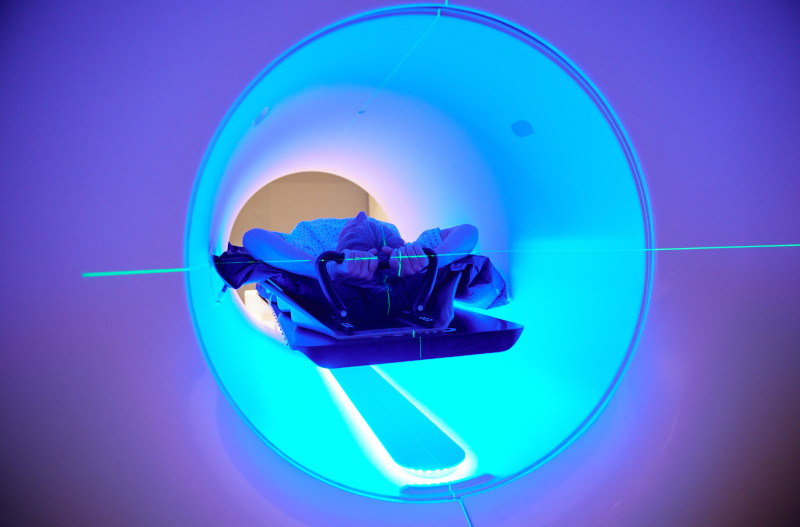New technology combines radiotherapy with real-time detection of cancer cells to target moving tumors or multiple metastases. Stanford Medicine is the first to research the technology in the clinic.
Radiation therapy is a key component of care for many types of cancers. But some tumors can be more difficult than others to treat. Cancers in the lungs, for example, move with each breath, while tumors that have metastasized to many places in the body can require repeated radiation sessions.
Earlier this week, Stanford Medicine launched a new method of delivering radiation that uses signals from cancer-targeting molecules called tracers to target tumors in real time. It is the first time the new approach, known as biology-guided radiation therapy or SCINTIXTM, has been used in a clinic.


